
Most people don’t know that cabbage is one of the healthiest vegetables on the planet. I always knew that eating cabbage was healthy, but I had no idea just how good it really is for you. It battles cancer, keeps your heart healthy, and more… This article will tell you why it’s good for your body and mind.
Cabbage didn’t become a popular vegetable in American cuisine until the late 1800s, although consumed in eastern Europe for thousands of years. Commonly known as kraut, cabbage is delicious and packed with nutrients.
Cabbage is an incredibly versatile vegetable. Cabbage belongs to the cruciferous family of vegetables known as Brassica or cole crops, including broccoli, cauliflower, kale, and Brussels sprouts. There are different kinds of cabbage such as green, Savoy, red, Napa, bok choy, and brussels sprouts.
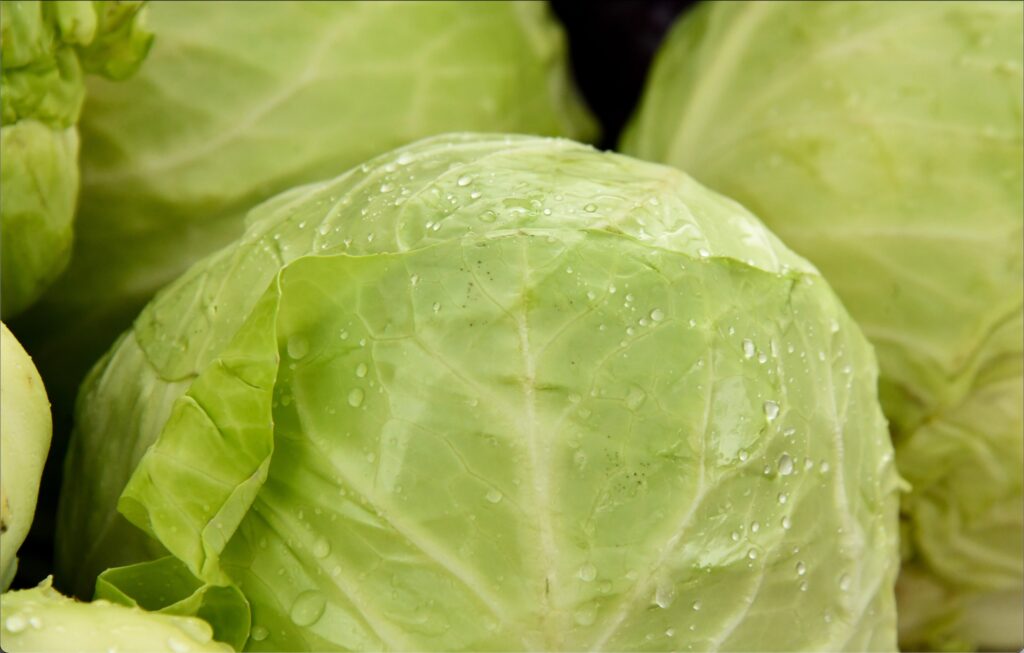
Green or White cabbage
Cabbage is relatively low in calories, contains little sodium, and is fat-free. It’s also an excellent vitamin C, dietary fiber, and manganese source. It is a low-calorie, low-carb, and inexpensive vegetable packed with essential nutrients, vitamins, and minerals. When you consider its beneficial qualities, you may find that cabbage truly is a superfood. Touted as one of the world’s healthiest vegetables, eating cabbage daily helps prevent heart disease, cancer, and diabetes and boosts the immune system.
As a result of their high fiber content and vitamin C, cabbage and other cruciferous vegetables may help maintain stable blood sugar levels. Cabbage leaves are among one the oldest medicinal plants and have been used for treating almost every organ in the human body and infectious diseases.
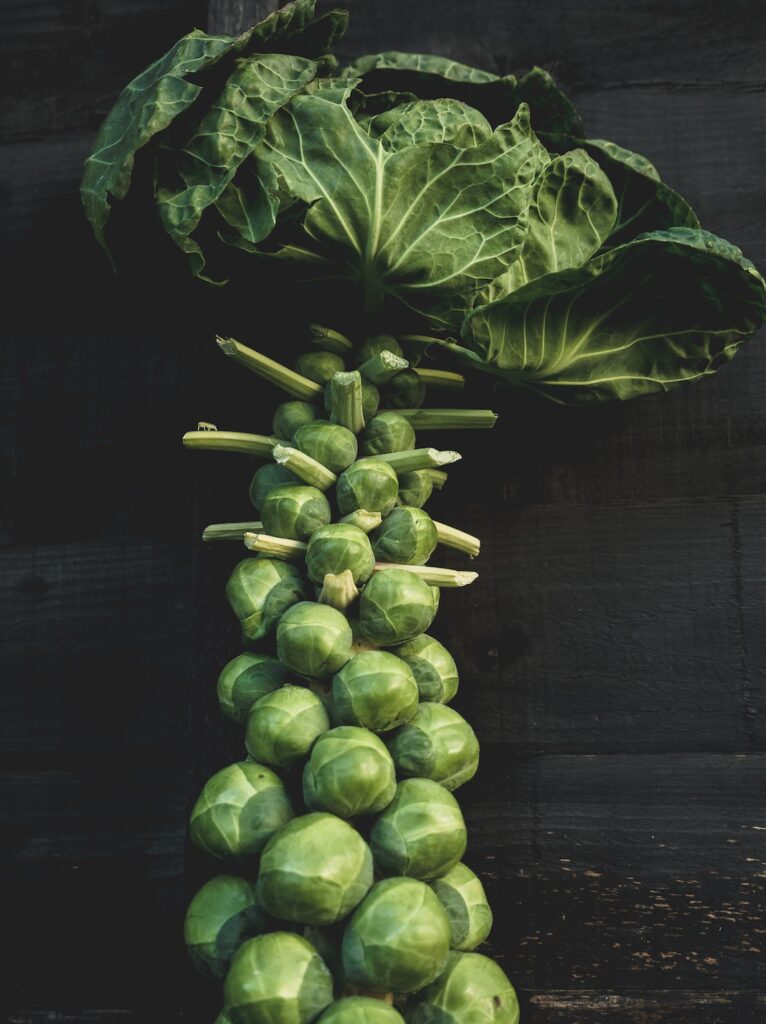
Brussels Sprouts
Cabbage is going to become your friend on this keto diet, as it can be one of the healthiest choices you’ll ever make to help you lose weight and improve your overall health. It lowers blood sugar, helps you lose weight, detoxifies the body, and is loaded with immune-boosting properties.
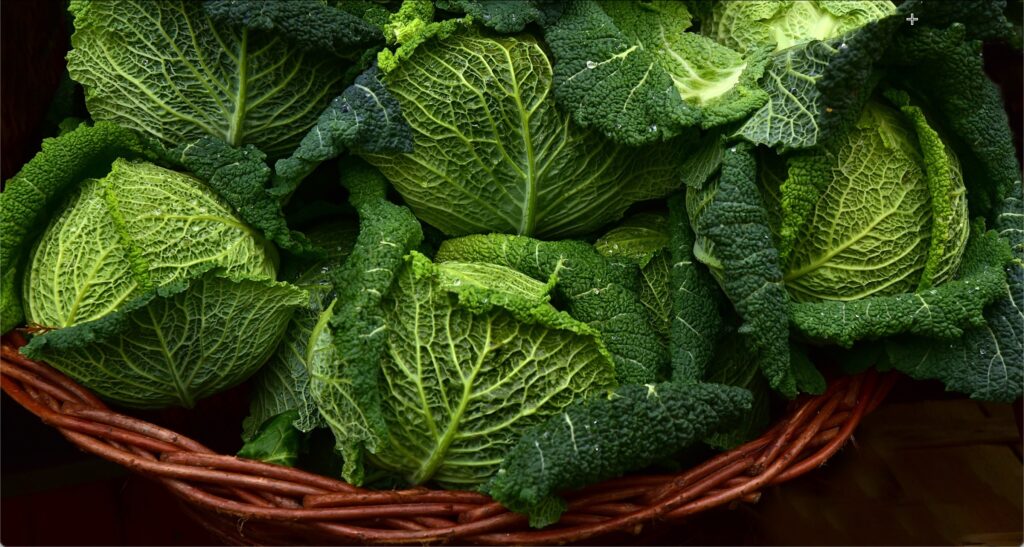
Savoy cabbage
Hopefully, I have convinced you to eat cabbage — congratulations. You’re taking the first step towards a healthier, slimmer, and happier life. But you don’t know how to eat cabbage. What do you mean you don’t know what that means? Are you trying to tell me that you have been eating cabbage all these years incorrectly? Well, let’s talk about it!
One of the top reasons many people avoid eating cabbage is that they find it boring or have had a bad experience with it in the past. They think simply of boiled cabbage or sauerkraut, and personally, I love sauerkraut. But have you gone to Panda Express? I can name at least 4 delicious dishes on their menu with cabbage mixed in with their chicken, beef, and even shrimp.

Kale
Many cultures have stuffed cabbage, including Greece; some are cooked in tomato sauce and lemon juice. In Greece, we stuff steamed cabbage leaves with mean and fresh herbs like dill and parsley and braise them or bake them. Our winter salad of choice is sliced cabbage mixed with carrots and fresh dill.
With its compact and crunchy texture, cabbage comes in many variations. Each variety has a unique flavor and nutritional value and can be used for your own needs. On the Greek Keto diet, I would focus on the green, Savoy, Napa, bok choy, and brussels sprouts and omit the red cabbage because of its higher net carbs. All cabbage has some net carbs, but red has the most.
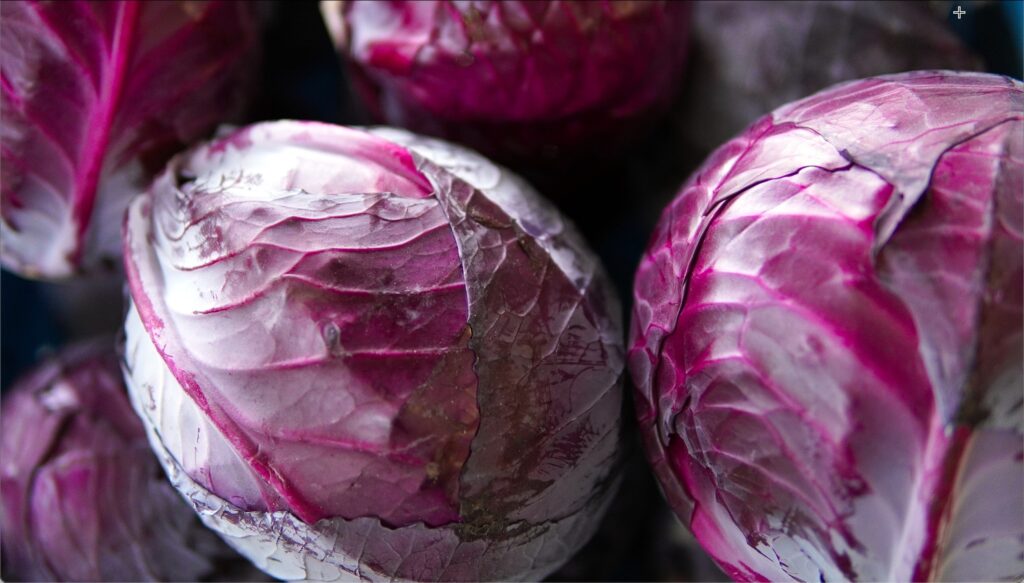
Red cabbage
Cabbage is one of those vegetables that really need no preparation. You can add it raw into salads, stir fry it with other vegetables, or steam and eat it plain.
The regular light green sometimes referred to as white cabbage, is the most versatile and can be used in stews, soups, salads, and stir-fries. I sometimes take this white cabbage, cut it into 2-inch squares and then quickly sauté it in olive oil and lemon with salt and pepper. This is so delicious, quick, and easy.
Brussels sprouts are also super versatile, ready to be made into a side dish or even a main dish. Add some parmesan cheese and roast them in the oven or make crunch Brussels Sprouts chips in your air fryer or convection oven. Savoy is great with corned beef, and Napa cabbage makes Asian slaws or salads.
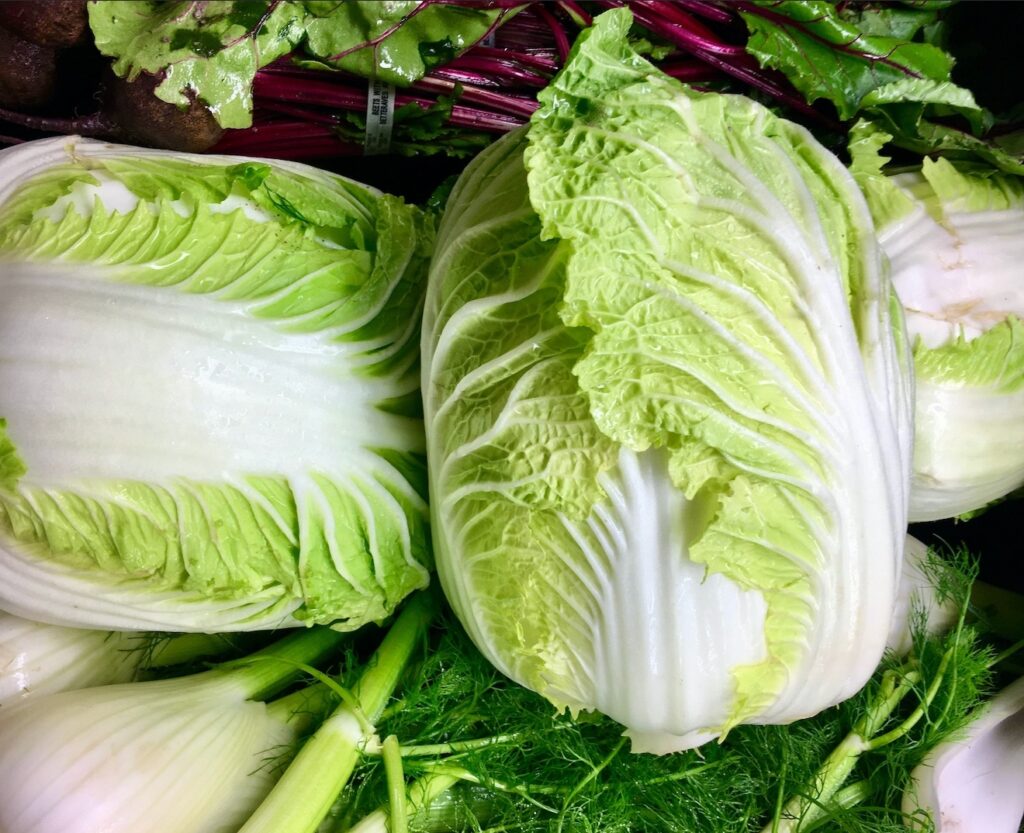
Napa cabbage
When it comes to cabbage, you should always choose the fresh one that has a crisp taste with bright leaves and no trace of yellowing. It should be a large, dense, and firm head. I always choose the more oversized heads, and it lasts me all week, as I have been known to eat it daily, especially in the winter. Cabbage should also be heavy in size with bright, colorful, and crisp leaves without cracks, bruises, and definitely with no mold growing on them.
The key takeaway today: Cabbage is a superfood with excellent health benefits. Unfortunately, it is one of the most underrated vegetables in the world. Yet, it is delicious, inexpensive, rich in vitamins and nutrients, and can be used in so many different ways.
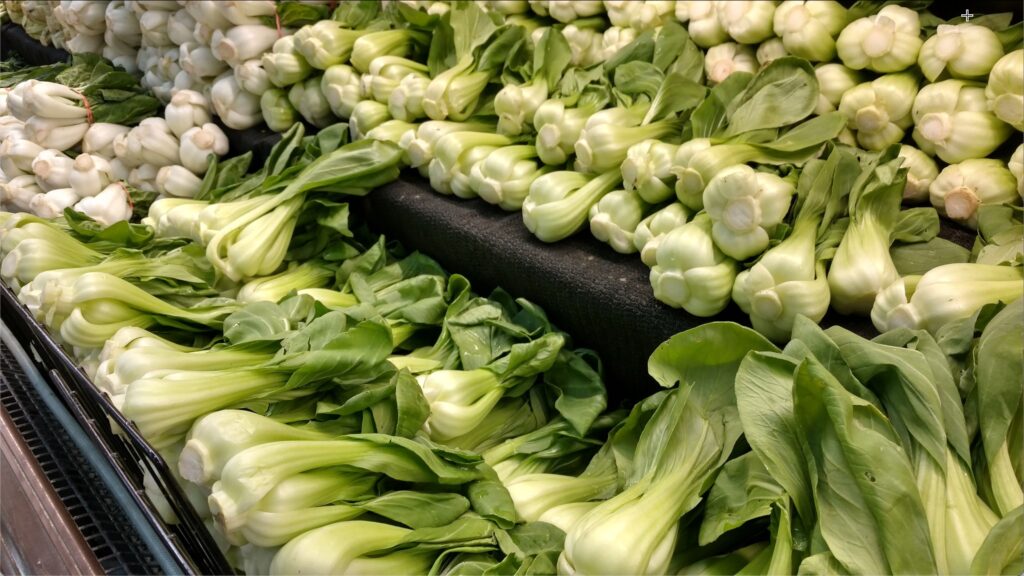
Bok choy
Cabbage is one of those vegetables that everyone either loves or hates. You could say that cabbage is the best vegetable you’ve ever tried because once you try it, you’ll love it too.
So the next time you decide to buy some cabbage, think of how much good you’re doing for your body. Not only will it help you lose weight (when eaten in moderation), but it’ll also help keep your body healthy by giving you a wide variety of vitamins and minerals. Here are some of my favorite cabbage recipes: Breakfast cabbage cakes, crispy roasted Brussels Sprouts chips, Lemond-herbed cabbage slaw, and my traditional Greek cabbage salad.



1 Comment